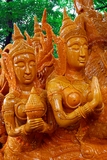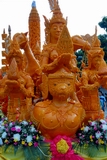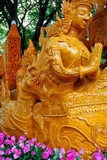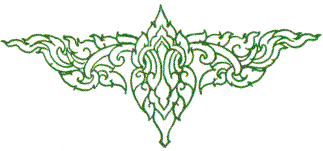THE CANDLE FESTIVAL
Increase or decrease font size for easier reading : A+ A-
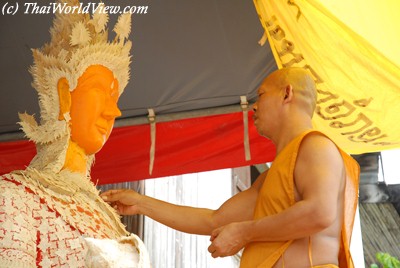

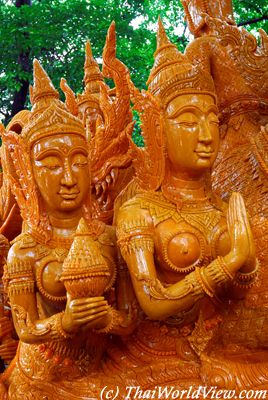
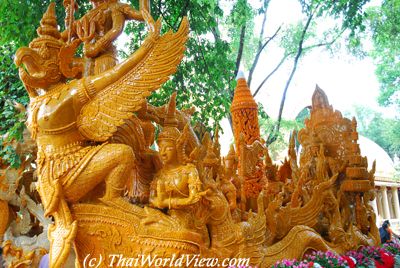
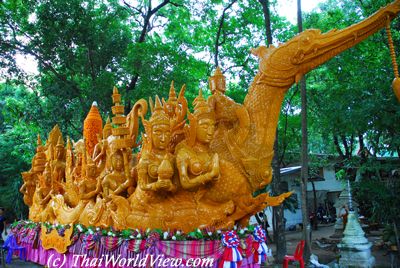
Thung Si Muang field becomes the site of Thailand's grandest candle exhibition. Many candles from the temples of Ubon Ratchathani are transported to Thung Si Muang in preparation for the candle procession. Procession after procession converge on Thung Si Muang field on Asanlaha Bucha Day.

When night falls, the site where the candles will be displayed is illuminated.
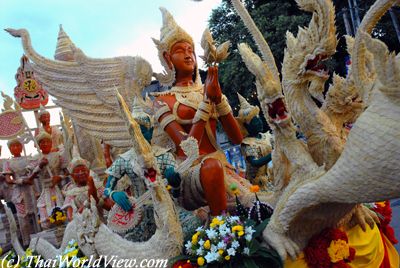
comments powered by Disqus

